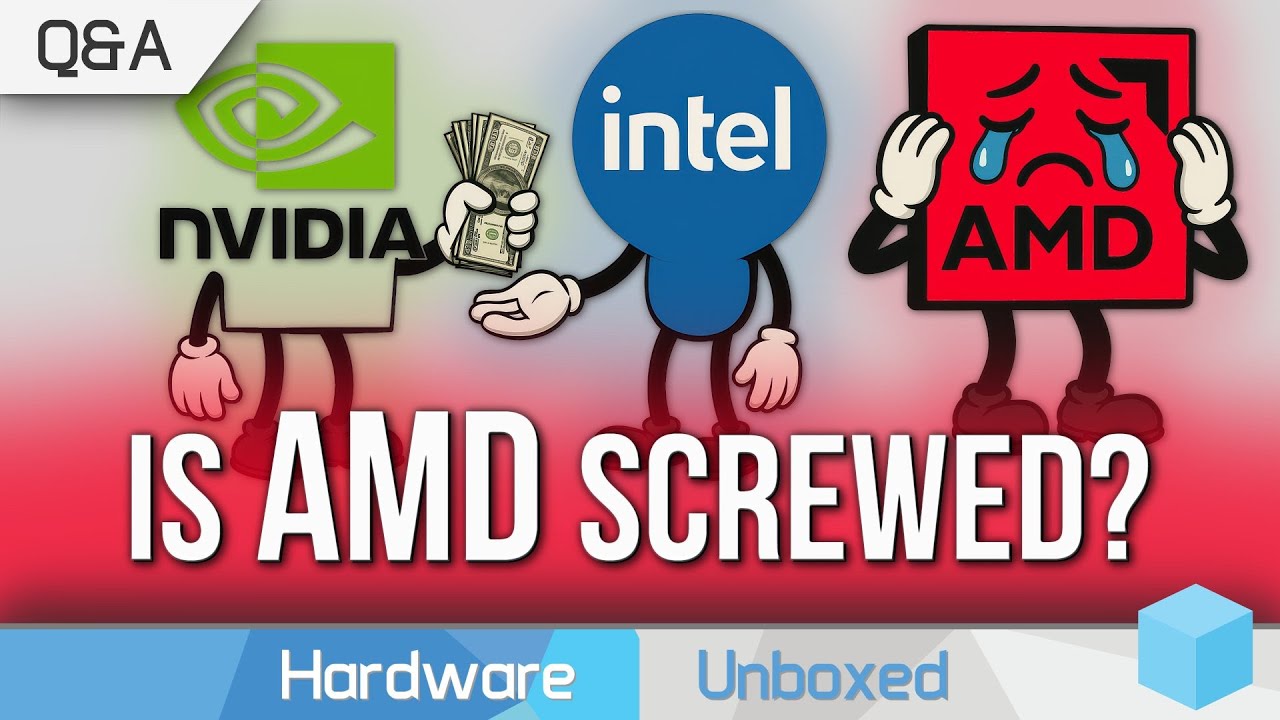In the Harbor Unboxed September Q&A, hosts Steve and Tim discuss Nvidia’s $5 billion investment in Intel to develop combined Intel CPU and Nvidia GPU SoCs, primarily targeting mobile and laptop markets while expressing skepticism about their impact on desktop gaming due to discrete GPUs’ superior performance. They also highlight Intel’s continued development of its Arc GPUs, debunk conspiracy theories about game developers deliberately increasing hardware demands, and compare older flagship GPUs with newer entry-level models, advising buyers to consider power efficiency and future-proofing.
In this Harbor Unboxed September Q&A episode, hosts Steve and Tim discuss the recent significant news of Nvidia investing $5 billion into Intel, forming a partnership to develop SoCs combining Intel x86 CPUs with Nvidia GPUs. This collaboration aims to strengthen Intel’s position, particularly in laptop and mobile markets where Intel already dominates CPU sales and Nvidia leads in GPUs. The partnership includes Intel handling packaging of these combined products, potentially impacting consumer and server markets. However, the hosts are skeptical about the partnership’s influence on the desktop market, emphasizing that discrete GPUs remain more powerful and flexible compared to integrated APU solutions.
They explore the viability of APUs (Accelerated Processing Units) combining Intel CPUs and Nvidia GPUs, concluding that while such products might make sense for mobile and compact devices, they are unlikely to replace discrete GPUs in gaming desktops due to limitations in cooling, upgradability, and memory bandwidth. The conversation highlights that discrete GPUs offer better performance and flexibility, and APUs are mostly relevant for budget or portable systems. They also caution that Intel must continue developing its own GPUs to avoid over-reliance on Nvidia, which holds greater power in this partnership and could potentially end the collaboration in the future.
The discussion shifts to Intel’s discrete GPU brand, Arc, and whether the Nvidia deal threatens its existence. They agree that Intel will likely continue developing Arc GPUs to hedge against risks associated with relying solely on Nvidia GPUs. The partnership mainly targets APUs, so Intel’s discrete GPU efforts should remain unaffected for now. They also touch on the possibility of Nvidia manufacturing GPUs on Intel’s fabrication nodes but conclude that Nvidia will only do so if Intel’s processes become competitive with current leaders like TSMC, with political and supply chain factors possibly influencing these decisions.
Addressing a common conspiracy theory, the hosts examine whether game developers intentionally design games to be more demanding to boost GPU sales. They argue that while some collaboration exists between GPU manufacturers and game developers—such as incorporating ray tracing features supported by Nvidia’s engineering resources—there is no widespread effort to make games unnecessarily difficult to run. Instead, developers aim to balance visual fidelity with accessibility, and performance issues in games like Borderlands 4 are more likely due to engine limitations or development challenges rather than deliberate attempts to push hardware upgrades.
Finally, the hosts compare older flagship GPUs like the GTX 1080 Ti with newer entry-level models such as the RTX 4050, weighing factors like VRAM, driver support, power consumption, and warranty. While the 1080 Ti offers more VRAM, the newer GPUs provide better power efficiency, updated features like DLSS, and longer driver support, making them more suitable for future-proofing despite similar price points. They caution buyers about the risks of used GPUs, including unknown wear and lack of warranty, and recommend considering newer models for better overall value and longevity in gaming performance.
